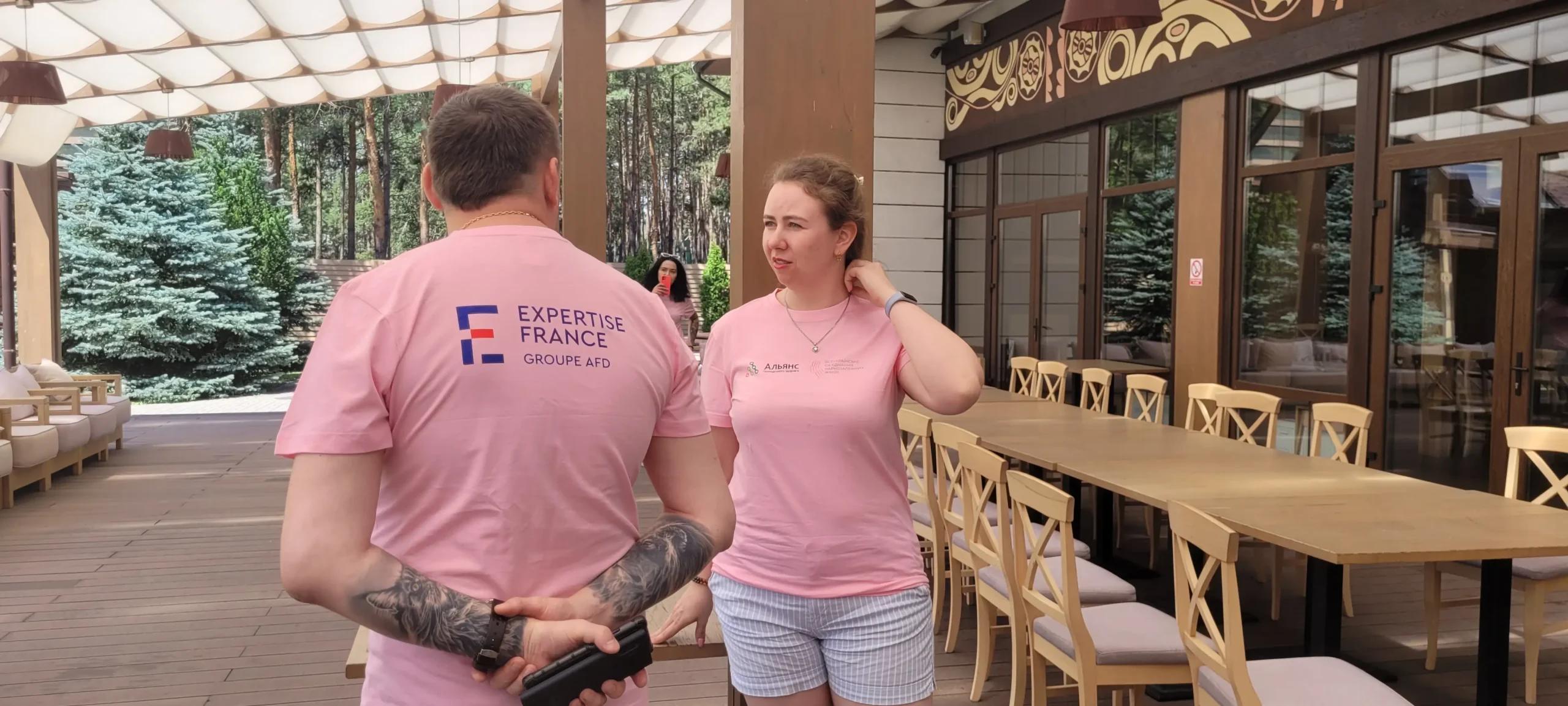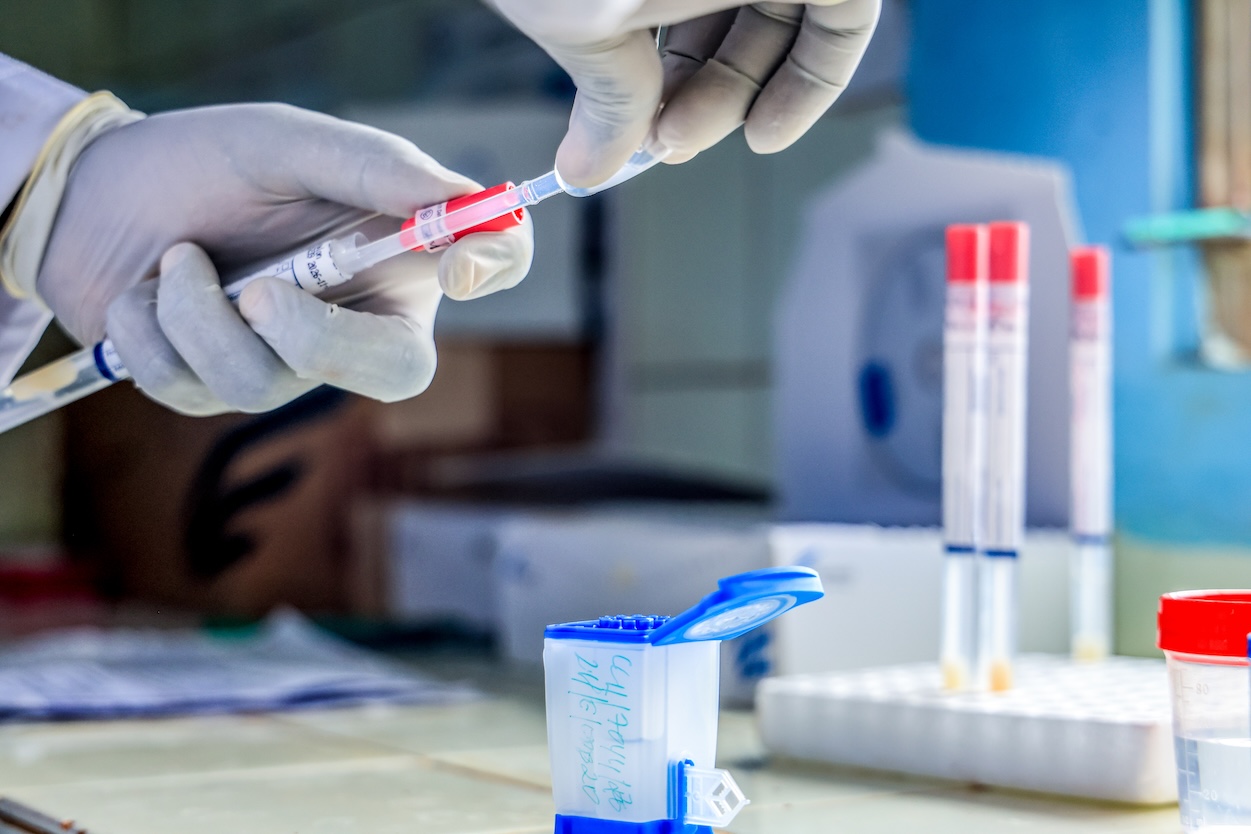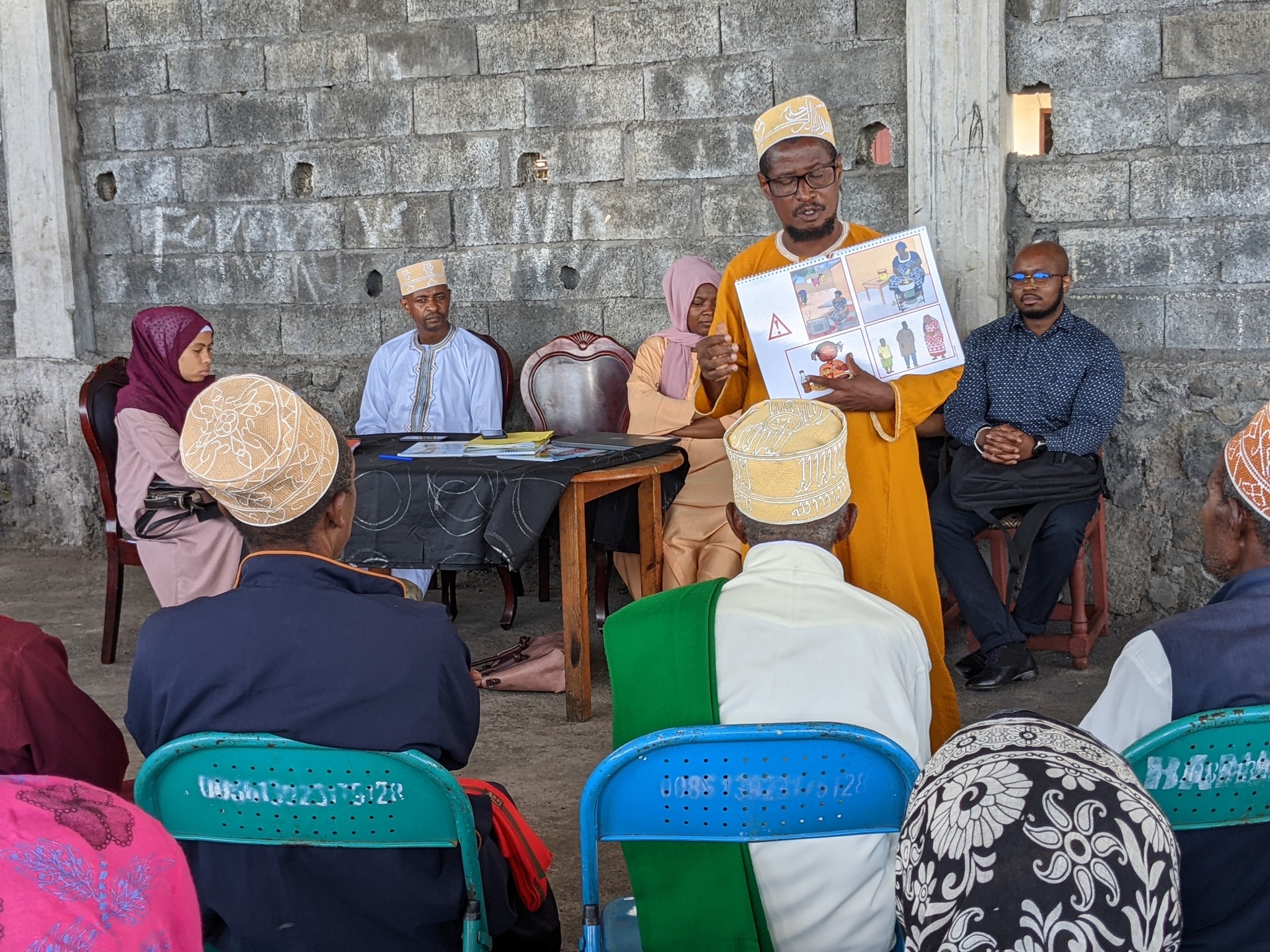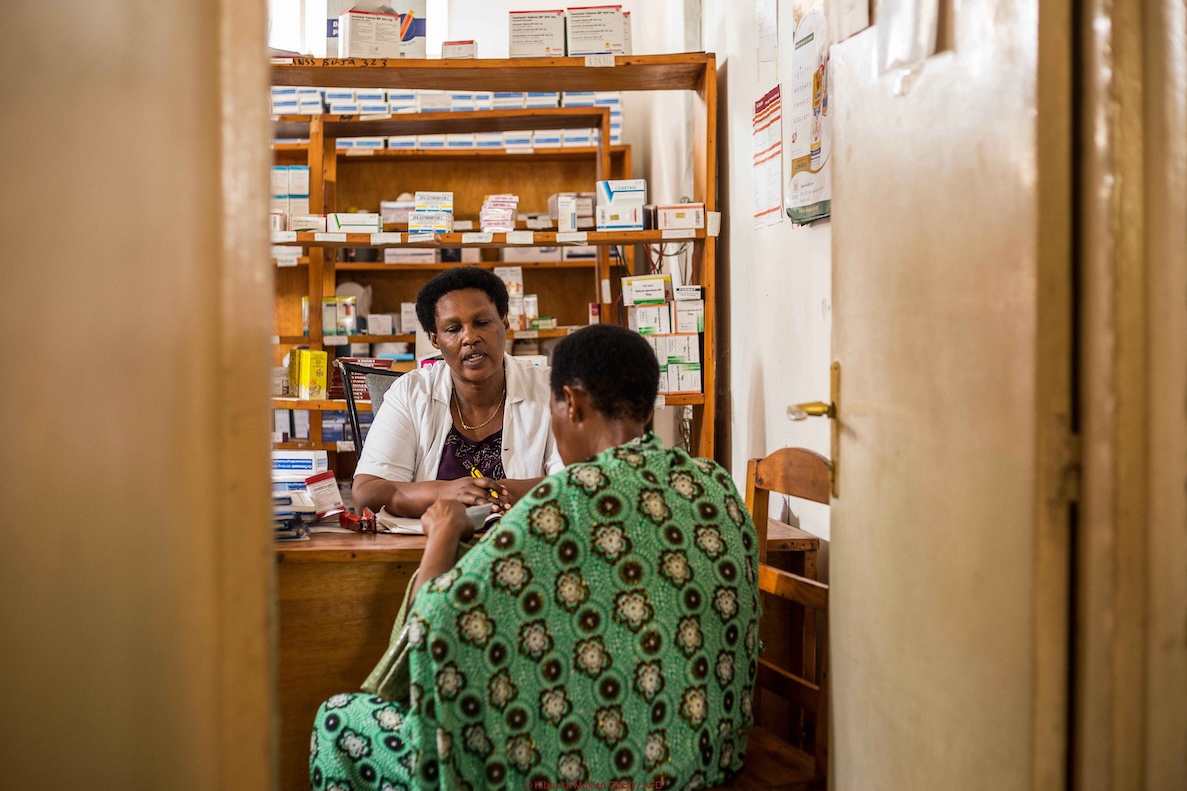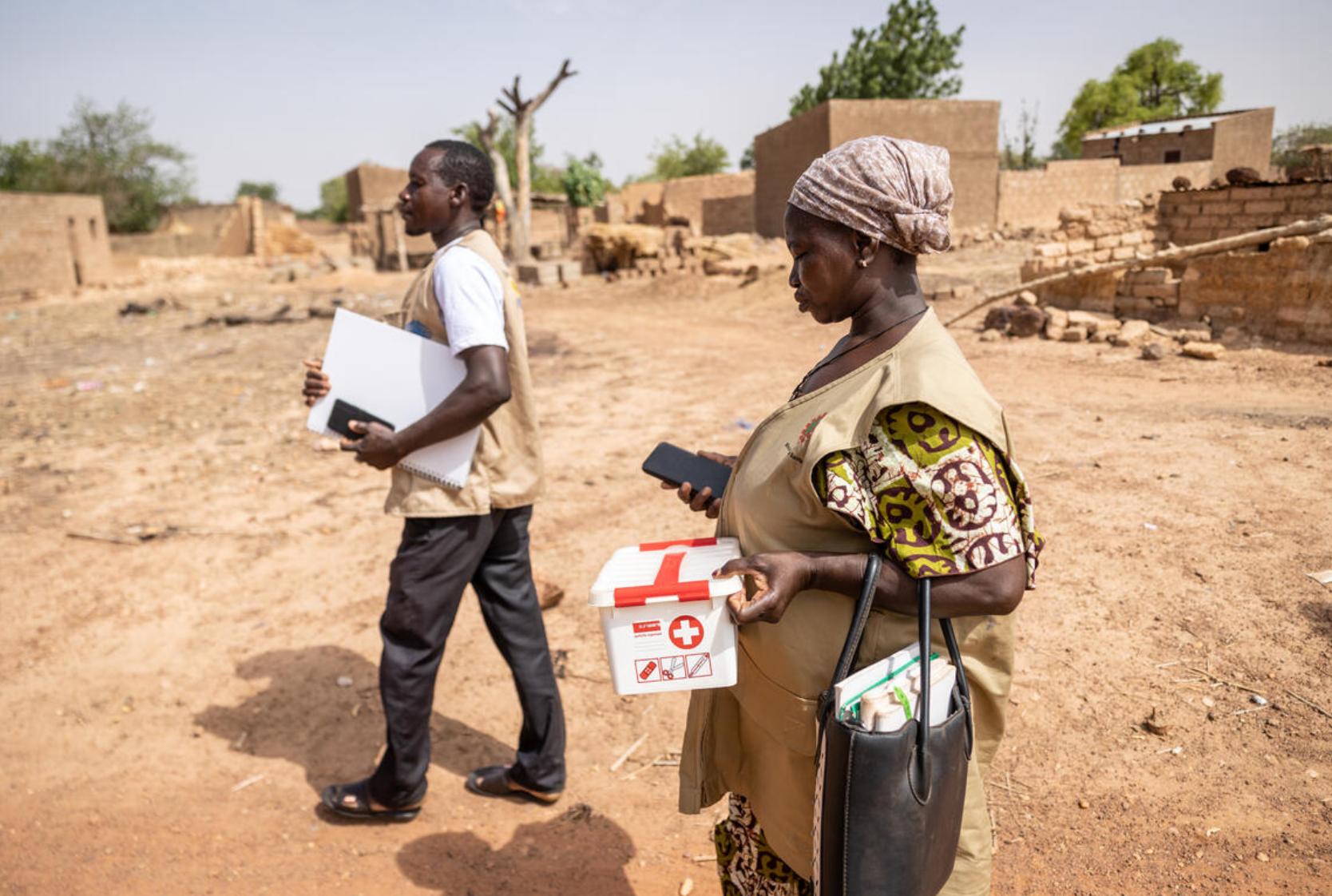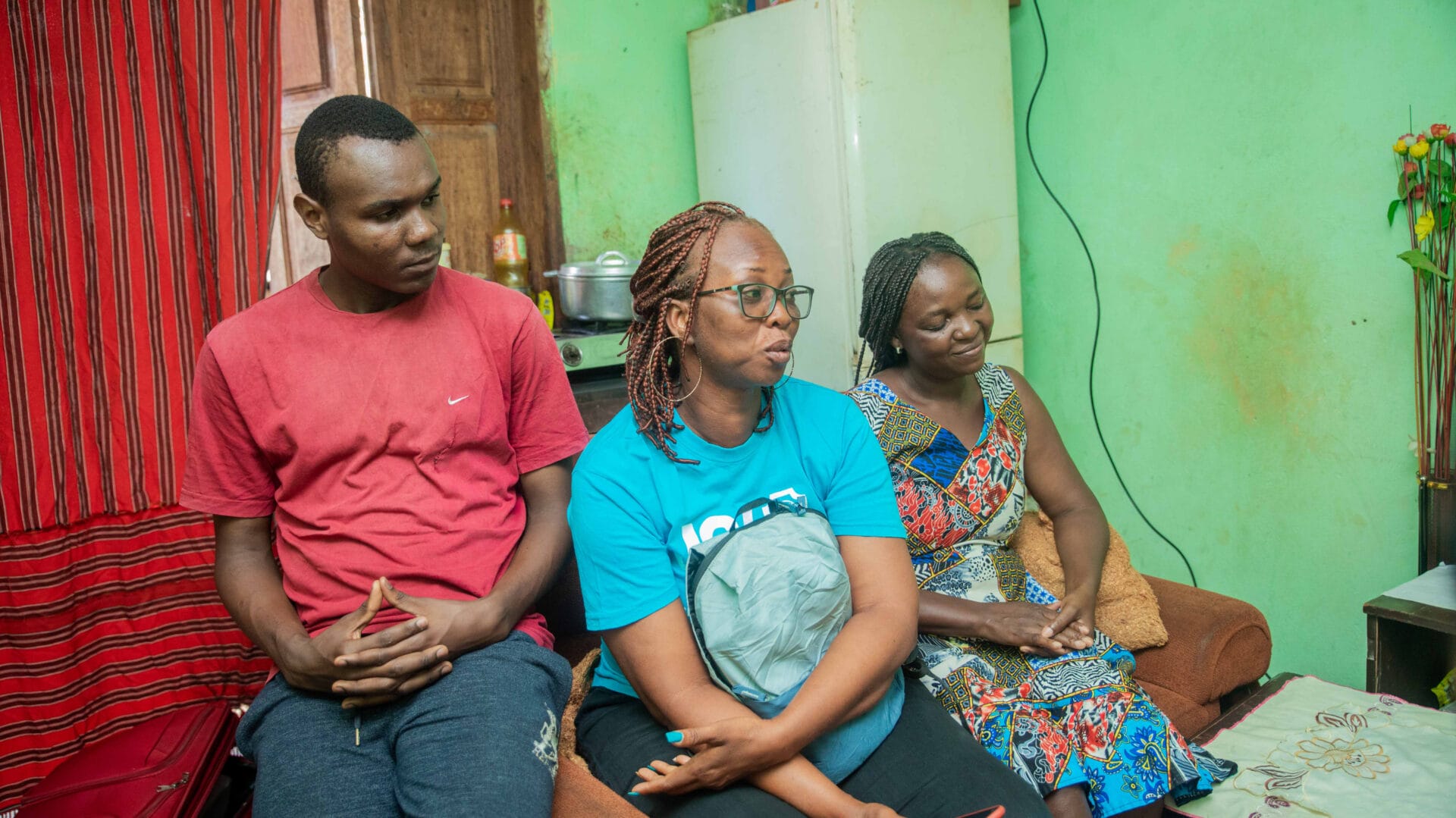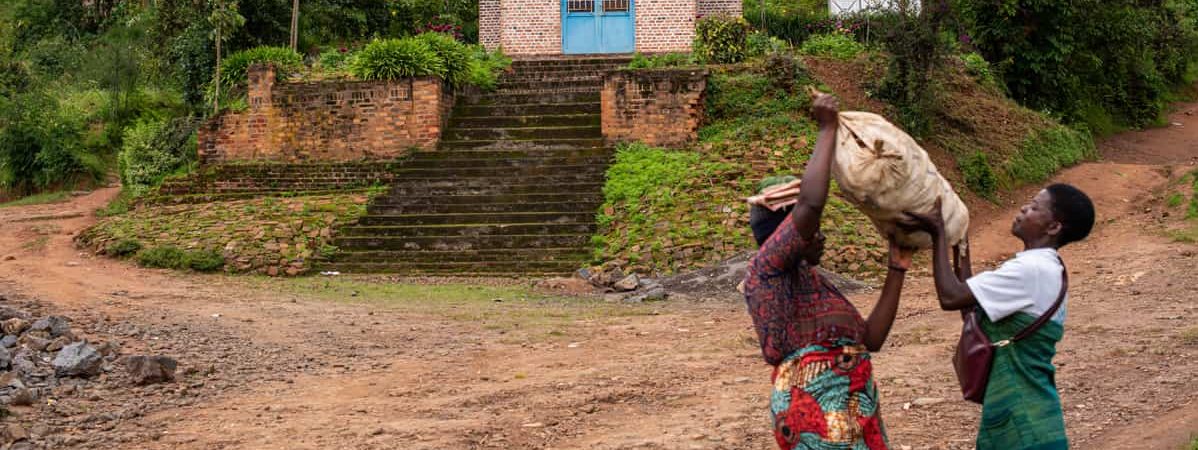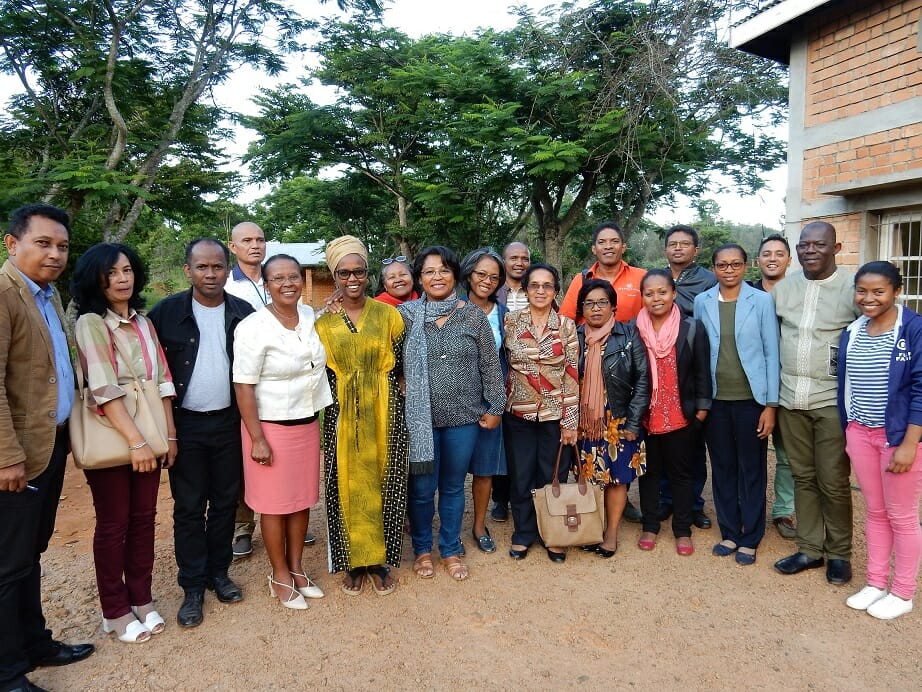Chemsex: the sixth symposium tackling its challenges
In November 2024, the sixth Asia Pacific Chemsex Symposium (APCS) took place in Bangkok, Thailand. It was hosted in particular by the thai Institute of HIV Research and Innovation (IHRI), whose executive director, Dr Nittaya Phanuphak, served as convenor. The symposium is a key regional forum to discuss chemsex -related issues. This year’s theme was “Pleasures, Policies, Possibilities“. The event brings together diverse actors to address the complex challenges of chemsex. Doctor Nittaya Phanuphak looks back on the symposium to share its key points with us.
What are the main objectives of the sixth edition of Asia Pacific Chemsex Symposium (APCS)?
Dr Nittaya Phanuphak: Through this symposium – which benefited from L’Initiative’s support –, we aim to raise awareness among healthcare providers and communities across Asia-Pacific about the ongoing challenge of chemsex. This is a strategic priority that affects everyone — not just those working in HIV, sexual health, or with key populations. Chemsex is becoming increasingly prevalent, and is an issue no one can ignore.
Our goal is also to empower participants — both providers and community members — to understand the realities of the phenomenon. One challenge is that the term varies by country or population, and the substances involved also differ widely. The first step for us is creating a shared understanding of what chemsex entails to empower and facilitate collaboration and resource sharing across borders. We highlight initiatives that respect the diverse social dynamics and policy environments across the region to minimize harm and foster impactful outcomes.
During the symposium, we organized two large workshops — one for healthcare providers and one for community members. This dual approach was essential. Providers were given space to understand chemsex beyond the clinical aspects, to discuss service delivery challenges, and to hear directly from communities. Meanwhile, community members could share their frustrations, challenges, and perspectives — particularly around stigma and intersectionality. Many face multiple layers of marginalization: being LGBTQ+, living with HIV, engaging in chemsex, or involved in sex work.

in Bangkok (Thailand) , in novembre 2024.
The theme for this edition was dedicated to “Pleasures, Possibilities, and Policies.” Could you elaborate on those three pillars?
Dr Nittaya Phanuphak: These three words guided the entire symposium. We wanted to shift the narrative beyond risk alone. People engage in chemsex for pleasure, and it is crucial to understand these pleasures to design effective harm reduction services or educational campaigns. We invited speakers, including one from Singapore, who specifically addressed how pleasure is experienced and expressed in chemsex contexts. This is part of ‘Possibilities’ – to think outside of the box which is beyond conventional public health services which too commonly aim only at drug cessation rather than harm reduction. Regarding policies, this is often the weakest point in discussions about chemsex and substance use. Policymakers, legal experts, and law enforcement rarely attend such events, yet they are crucial. We had a lawyer speak about how decriminalization in Thailand had previously led to reduced incarceration — and how recent legal changes risk reversing that progress.
Could you provide us more context about the rising pattern of chemsex in the region, especially in Thailand?
Dr Nittaya Phanuphak: Data is limited and definitions vary. What we often refer to as “chemsex” — a term coined in London to describe a specific set of practices and substances like crystal meth — may not match local realities. A broader and more accurate term might be “sexualized substance use.”
In Thailand, older data suggest that around 17–18% of men who have sex with men have engaged in sexualized substance use. More recent — although smaller — studies among newly diagnosed HIV patients show this number may be as high as 50%. The types of substances and how they are used vary widely. Some may involve high-risk practices requiring intensive support, while others may not. But the overall picture is clear: this is very common, and the services must adapt.
On the ground, we are very focused on youth-friendly, all-gender approaches. We don’t try to disaggregate youth by gender, as many young people don’t identify that way. However, engaging youth in the context of chemsex has been very difficult. Even when we lowered the age of participation in our research to 16, uptake remained low. It might be because chemsex often requires a certain level of financial independence. Last year’s APCS did not include a youth-specific session, but there is ongoing discussion for future editions, including the next one in Kuala Lumpur.
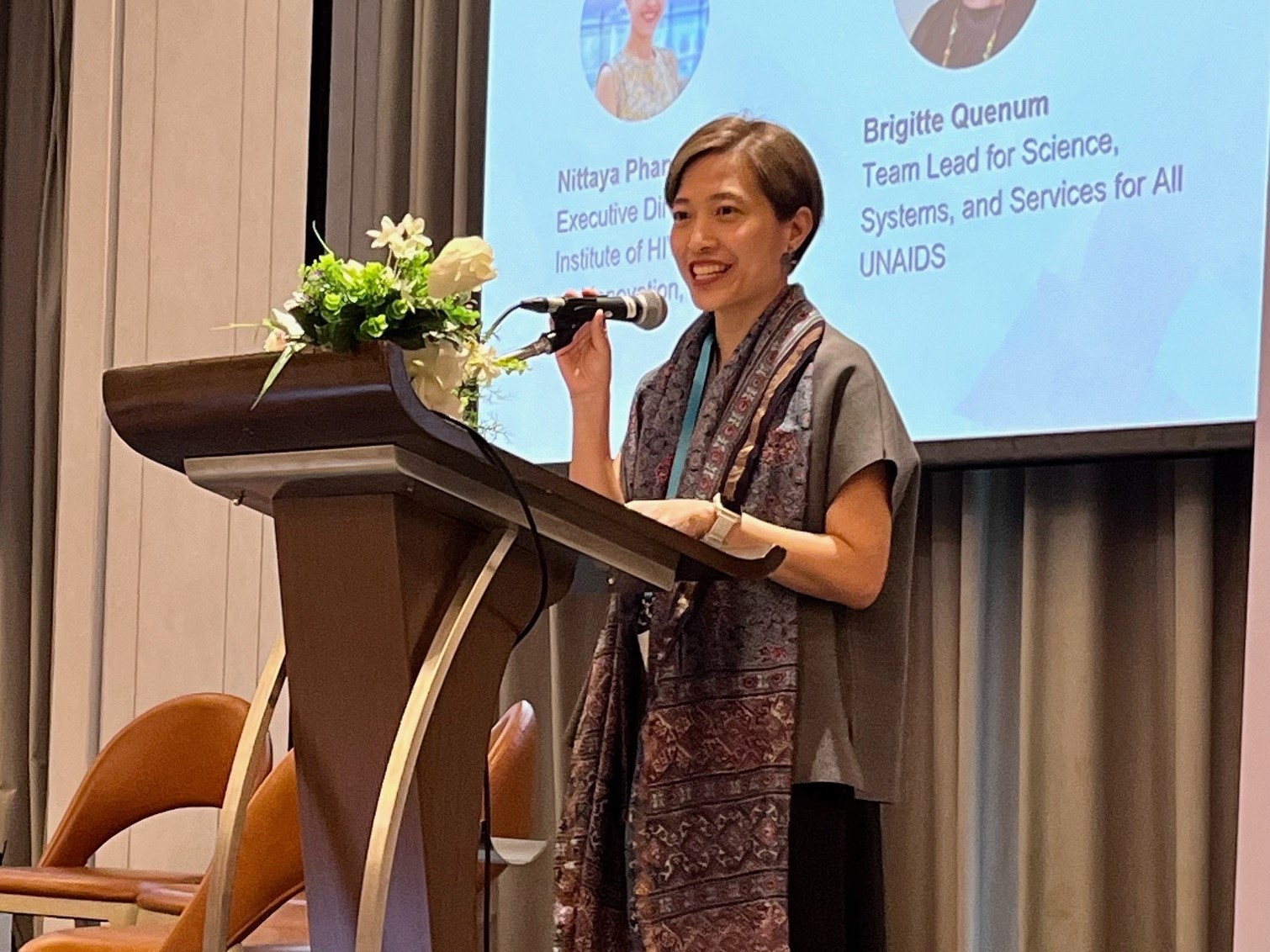
What are the main risks associated with chemsex that harm reduction efforts should address?
Dr Nittaya Phanuphak: This is precisely what brought us into the substance use field. Despite years of harm reduction work in Thailand — including syringe distribution and education — we weren’t seeing measurable outcomes, such as reduced HIV or Hepatitis C Virus (HCV) infections. So we began advocating for a more comprehensive and tangible harm reduction framework, broken into four pillars: substance-specific support — including drug literacy, overdose prevention, and provision of syringes and needles ; sexual health services — which are well established in Thailand, covering HIV and hepatitis testing, PrEP, condoms, and increasingly, gender-affirming care and services for mothers using substances ; mental health support – we now train primary care and lay providers to screen and offer basic support, like talk therapy or safety planning for suicidal thoughts ; legal and social support — the highest priority express by people who use substance in Thailand. In Thailand, police practices like roadside urine tests or invasive searches are common. Many people don’t know their rights. Providing legal literacy, and access to support is critical.
As Executive Director of IHRI, what are the main priorities you are working on?
Dr Nittaya Phanuphak: Our mission covers research, capacity building, and policy advocacy. In terms of research, we’ve been involved in clinical trials, including for long-acting injectable PrEP. We’re working with stakeholders to ensure these products reach our country — not just through trials but in practice. Our implementation science work includes the community-led, harm reduction model I mentioned. We’re now expanding it to other sites and applying it to transgender women. On capacity building, we’ve trained lay providers — sex workers, LGBTQ+ individuals — to deliver not just HIV testing or PrEP, but now also comprehensive harm reduction services. This is finally translating into real, effective services on the ground. Finally, in policy advocacy, we’re pushing to integrate these services into Thailand’s universal health coverage. We hope to see real movement on this in the near future — though needle and syringe programs remain a sensitive topic.
I think it’s important also to say that all of the work I’ve described is under threat due to significant cuts in funding from the US government and others. Civil society organizations will do their best to adapt and survive, but it’s not fair to expect them to shoulder everything alone. Governments need to step up and support their own civil society partners.


